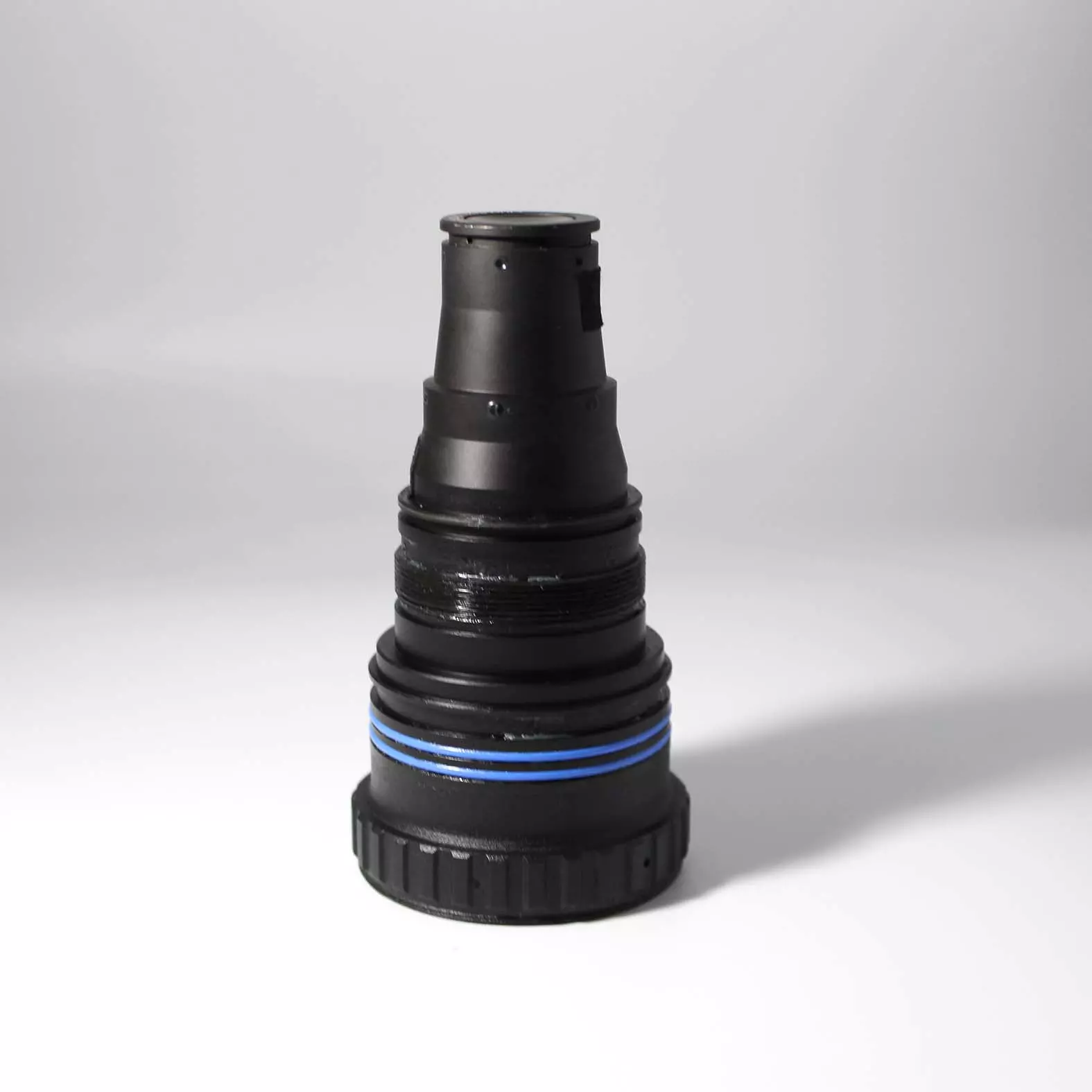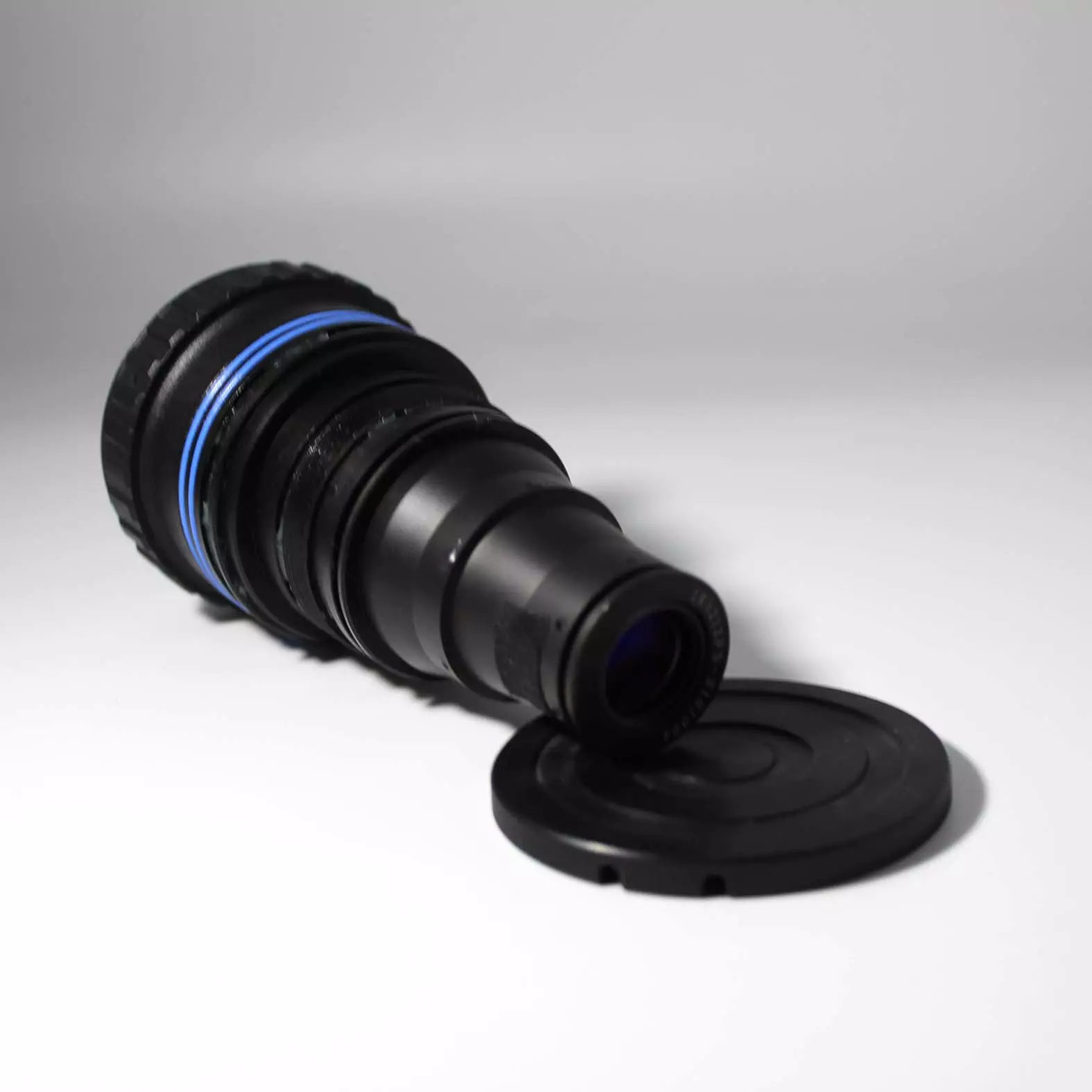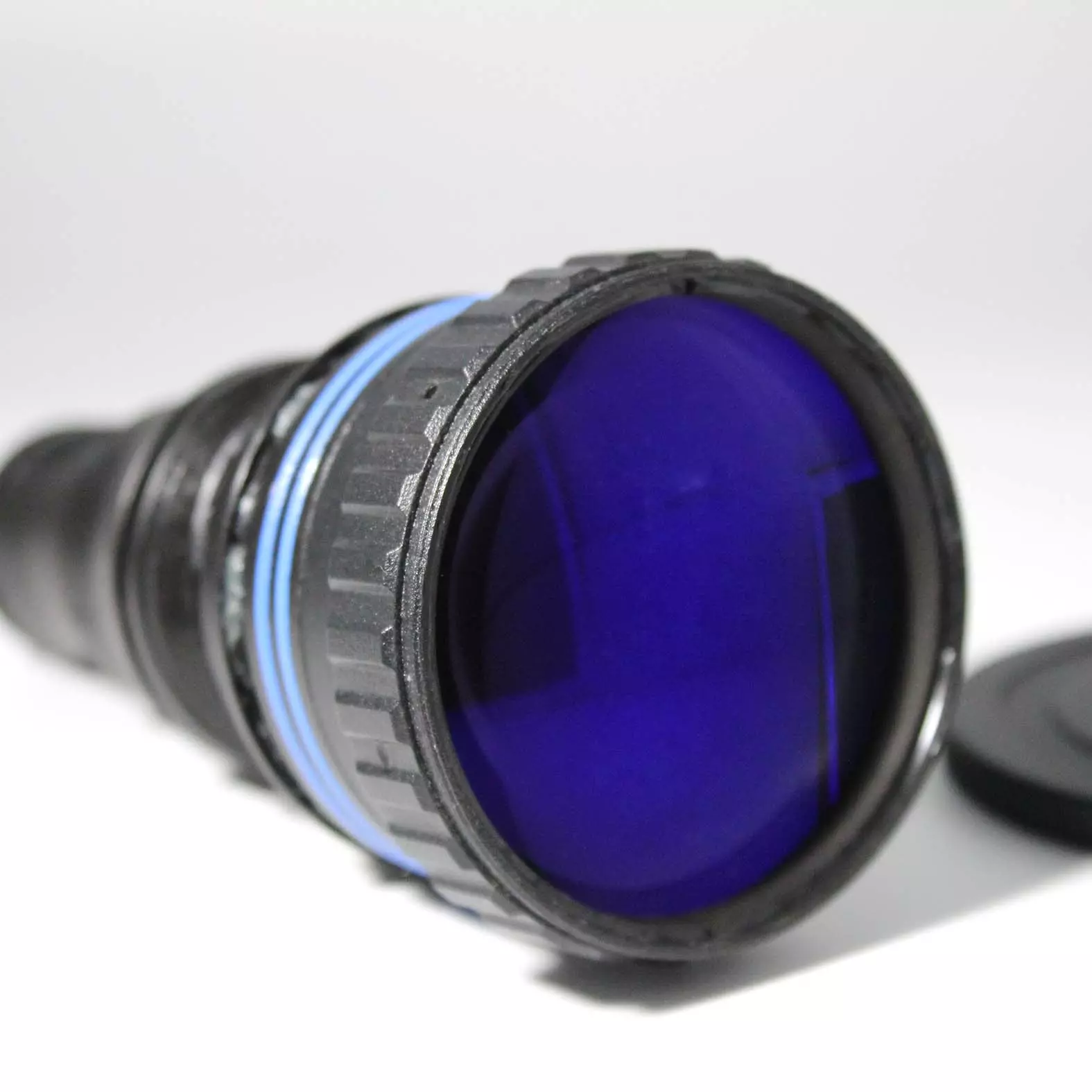OEM Low Light Night Vision Camera Lens
Format Size: 1/3"
Mount: CS
MTF: 5 Mega Pixels
View Angle: 63.80°
Aperture(F No.): 1.6
The Application of Low-light Night Vision Lens
Low-light night vision lens is mainly used for day and night dual-purpose imaging equipment. It is used in conjunction with the matching low-light solid-state module deck mechanism shown in Figure 1.
The low-light solid-state module deck mechanism at the rear end of the lens can form a low-light camera, which can output video images and meet the imaging requirements under starlight conditions. For people to observe and search for targets at night.
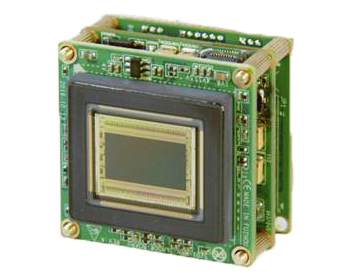
Figure 1
Low Light Night Vision common items
Common products of Low Light Night Vision include monocular low-light night vision scope and binocular low-light night vision telescope, which can be used for night hunting, night search and rescue, night observation and evidence collection, etc
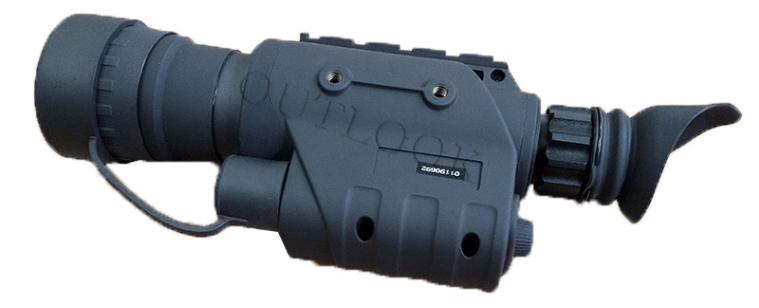
Figure 2
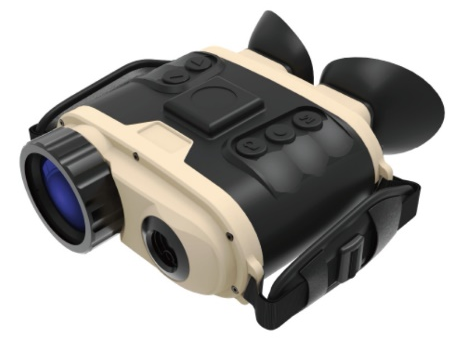
Figure 3
Specifications of Night Vision Lens
| Specificaitons | Data |
| Focal length | 78.1 |
| Field of view | 8°×6°(Matching module deck mechanism) |
| F number | 1.4 |
| Weight | 198g(standard)/156g(lightweight) |
| Focusing method | manual |
| Environmental illumination | ≥1×10-4 |
| Working temperature | -40℃~55℃ |
| Mount | customizable |
People also ask
- What is the best lens for driving at night?
Night driving glasses have non-prescription yellow or amber-tinted lenses and can be purchased over the counter. Yellow-tinted lenses for night driving help to filter out blue light, the light most likely to cause glare when it enters the eye. - How can I improve my night vision?
It is best to wear sunglasses to minimize the exposure of your eyes to bright sunlight. Keep the brightness of your computer screen or smart phones lower, especially when you are in a very dark room. These devices can reduce your night vision. Before entering a dark environment close your eyes first. - Does night vision decrease with age?
As you age, the muscles weaken and don’t work quite as efficiently, which can make it harder to see in dim light. Fewer Rods. Rods are photoreceptor cells in your retina that are sensitive to light changes. They’re essential for good night vision but tend to decrease with age.
Pictures of Low Light Night Vision Telephoto Lens

Our Ordering Process
Send us your request with detailed specifications
Receive a commercial offer with terms and costs
After your approval, we handle manufacturing, quality control, and shipping
📦 Shipping
3-5 days in EU, from 10 days to USA
💳 Payment methods
Cash, Bank Transfer, Cards (Visa, Mastercard, Amex, Discover) and PayPal
💬 Questions?
Contact us via WhatsApp, phone, live chat or email
